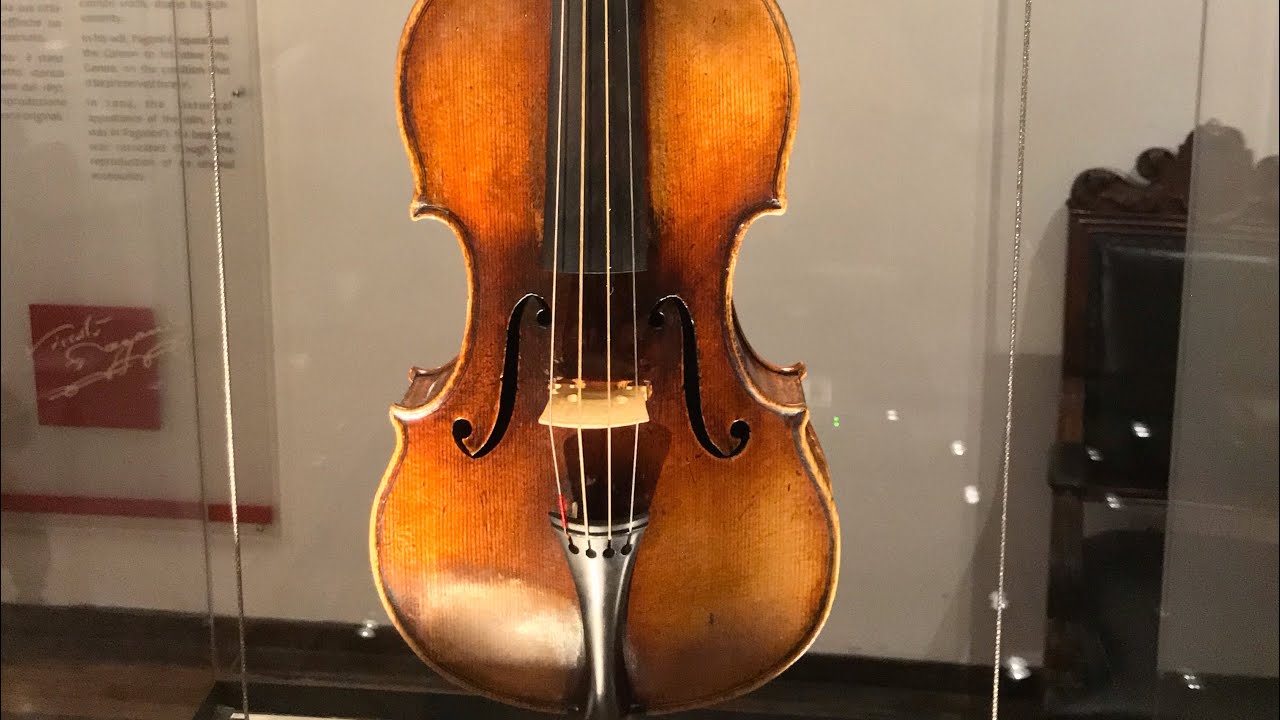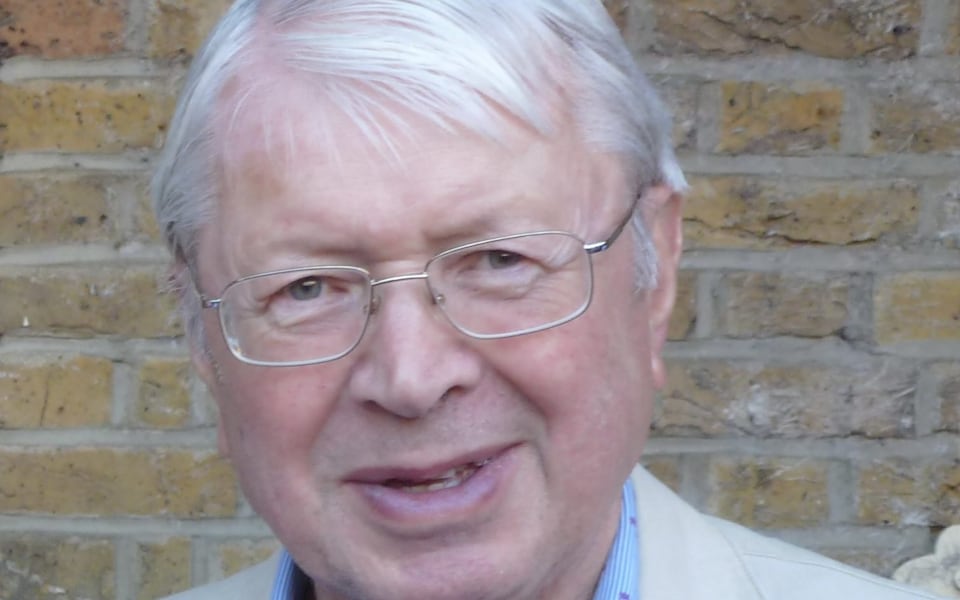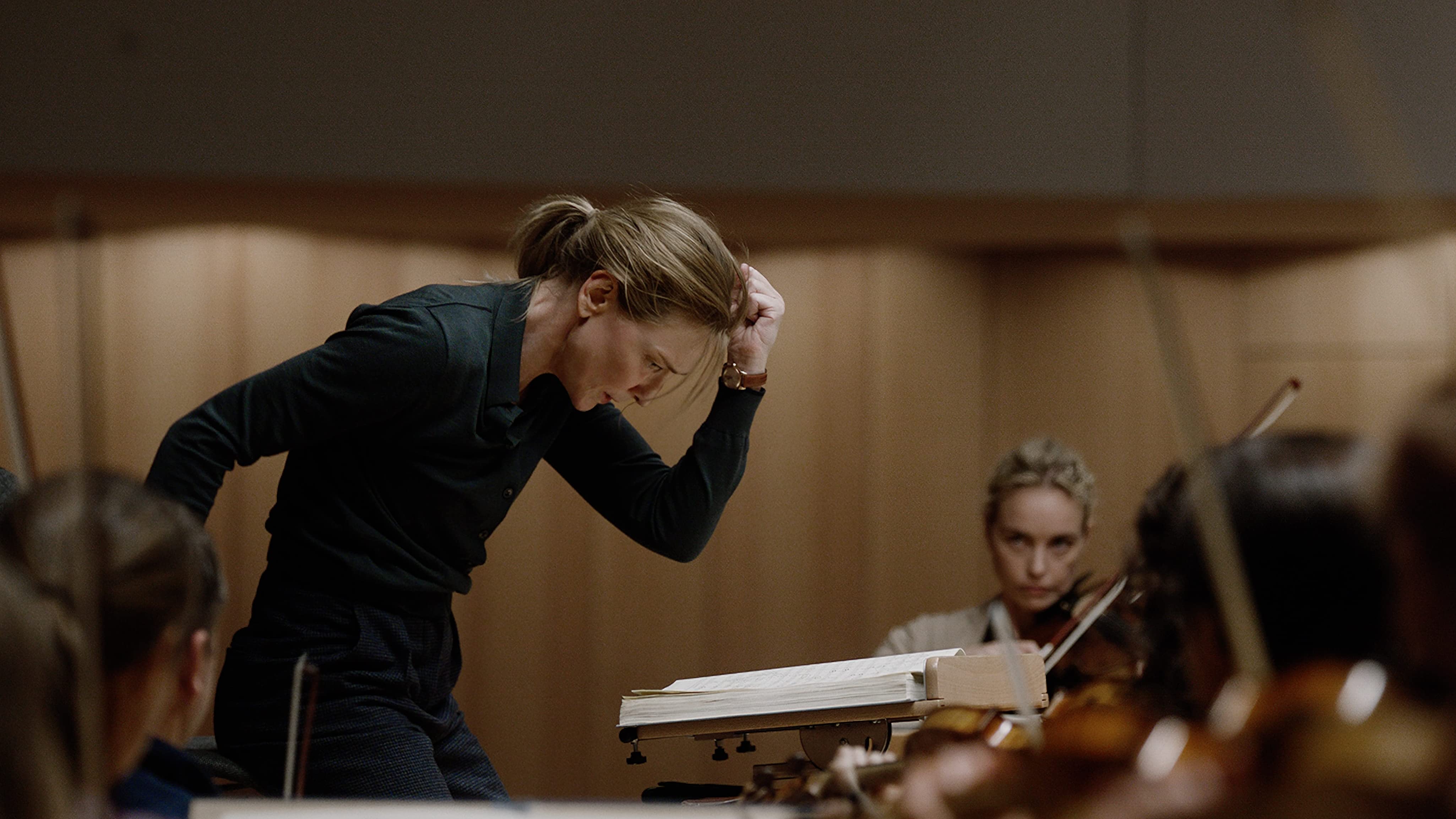Paganini’s violin is sent for analysis
NewsThe Guarnerius violin known as ‘Il Cannone’ (the cannon) has been sent from Niccolo Paganini’s home town of Genoa to the European Synchrotron Radiation Facility in Grenoble for X-ray micro-analysis.
The aim is to record every particle of its struture and to detect possible flaws before they become serious. The violin dates from 1743.
It is played nowadays by the winners of Genoa’s Premio Paganini international violin competition.
Paganini died in 1840.






Comments